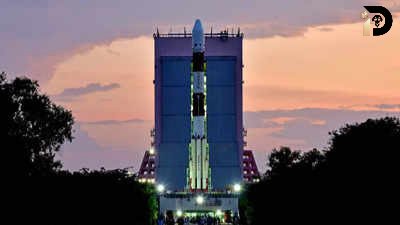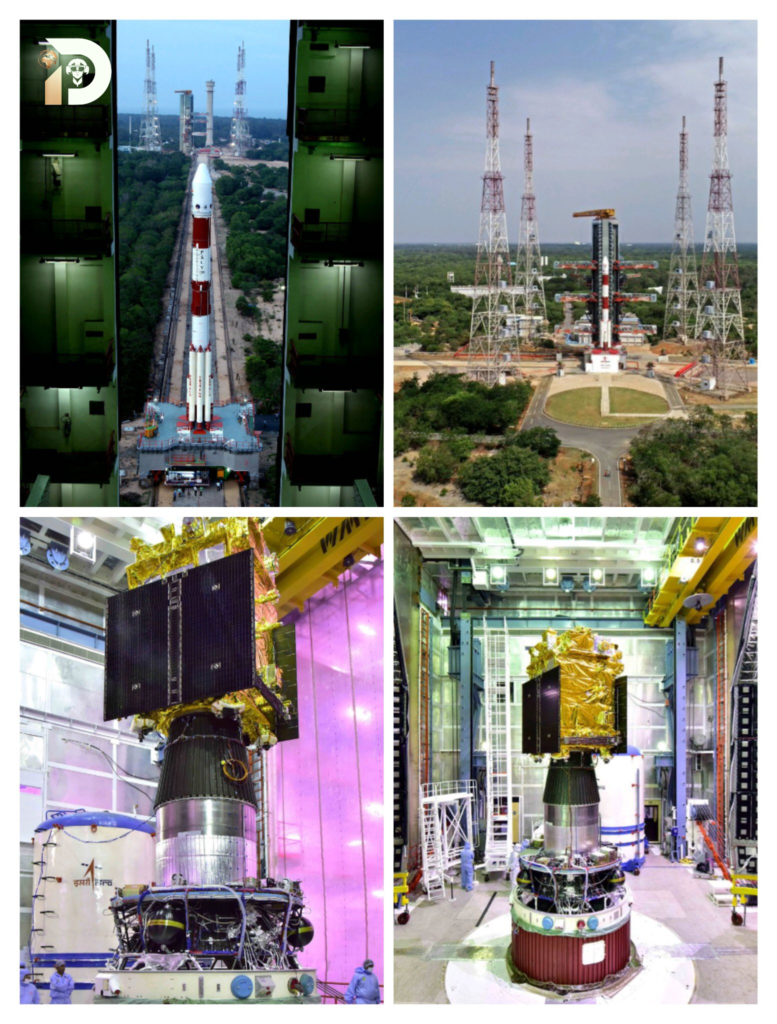India is now prepared to launch its first mission to investigate the Sun following the successful landing of the Chandrayaan-3 spacecraft on the southern pole of the Moon. This mission, known as the Aditya L1, is slated to lift off on Saturday, September 2, at 11.50 am from the Second Launch Pad (SLP) at the Satish Dhawan Space Centre, Sriharikota, Andhra Pradesh. These are the mission’s specifics.

What Is Aditya L1 Mission
Sanskrit refers to the Sun as Aditya. The first space-based Indian mission to investigate the Sun is called Aditya L1. The Lagrange point 1, or L1, of the Sun-Earth system, 1.5 million kilometers from Earth (or roughly 1% of the distance between the Earth and the Sun), will be the location of the satellite in a halo orbit.
Aditya-L1 will investigate the Sun’s outer atmosphere since, as we all know, the Sun is a massive sphere of gas. Aditya-L1 was not touch down on the Sun or get any closer to the sun. The spacecraft will be pointed in the direction of the Sun.
Why It Is Placed Around L1
Simply said, L1 is the point in space where the gravitational pulls of two celestial bodies, in this case the Sun and Earth, are equal. This indicates that an item placed there, in this example the Aditya L1 satellite, will remain comparatively stable in relation to both celestial bodies.
How will Aditya L1 study the Sun
The Aditya-L1 satellite is intended for in-depth research on the Sun. It includes seven different payloads, all of which were created domestically: five by ISRO and two by academic institutions in India working with ISRO.
These payloads will use electromagnetic, particles, and magnetic field sensors to study the photosphere, chromosphere, and the Sun’s outermost layers (the corona). Three payloads conduct in-situ studies of particles and fields at the Lagrange point L1, while four payloads observe the Sun directly.
They will present significant research on the solar dynamics’ propagation effects in the interplanetary medium.
Additionally, they must deliver the most important data for comprehending the issues of coronal heating, coronal mass ejection, pre-flare and flare activities and their features, dynamics of space weather, particle and field propagation, etc.
Why L1 is important
A satellite that is positioned in the halo orbit around the L1 point will mostly benefit. The satellite will be positioned so that it faces the Sun and will be able to see the Sun continually without any occultation or eclipses. This will provide us a better opportunity to watch the solar activity and how it affects the space weather in real time.
What is Aditya L1 mission duration
It is anticipated that the Aditya L1 mission will last five years. The satellite will spend the entirety of its mission life in an erratic orbit around L1 in a plane that is nearly perpendicular to the line connecting the Earth and the Sun.

Aditya L1 mission launch details
Onboard PSLV-C57, the 59th flight of PSLV and the 25th mission to use the PSLV-XL configuration, the Aditya L1 satellite will be launched. Aditya-L1 undertakes 5 maneuvers to achieve the required velocity for its journey over the 16 days it spends in Earth-bound orbit after its scheduled launch on September 2, 2023.
Aditya-L1 will next carry out a Trans-Lagrangian1 insertion maneuver, which will launch its 110-day trajectory to the location around the L1 Lagrange point.
When the Aditya-L1 satellite reaches the L1 point, another maneuver will lock it into an orbit around L1.
Aditya L1 mission objectives
The following are the main science goals of the Aditya-L1 mission:
1. Study of the dynamics of the solar upper atmosphere (chromosphere and corona).
2. Study of coronal and chromospheric heating, plasma physics, the beginning of coronal mass ejections, and flares
3. Watch the in-situ particle and plasma environment that the Sun provides, since this information will be used to investigate particle dynamics.
4. The heating mechanism of the solar corona and its physics.
5. Temperature, velocity, and density measurements of the coronal and coronal loop plasma.
6. Coronal mass ejections (CMEs): evolution, behavior, and origin.
7. Determine the series of events that take place at various layers (chromosphere, base, and extended corona) and ultimately result in solar eruptive events.
8. Studies of the magnetic field topology in the solar corona.
9. Drivers of space weather, including the formation, makeup, and dynamics of solar wind.
